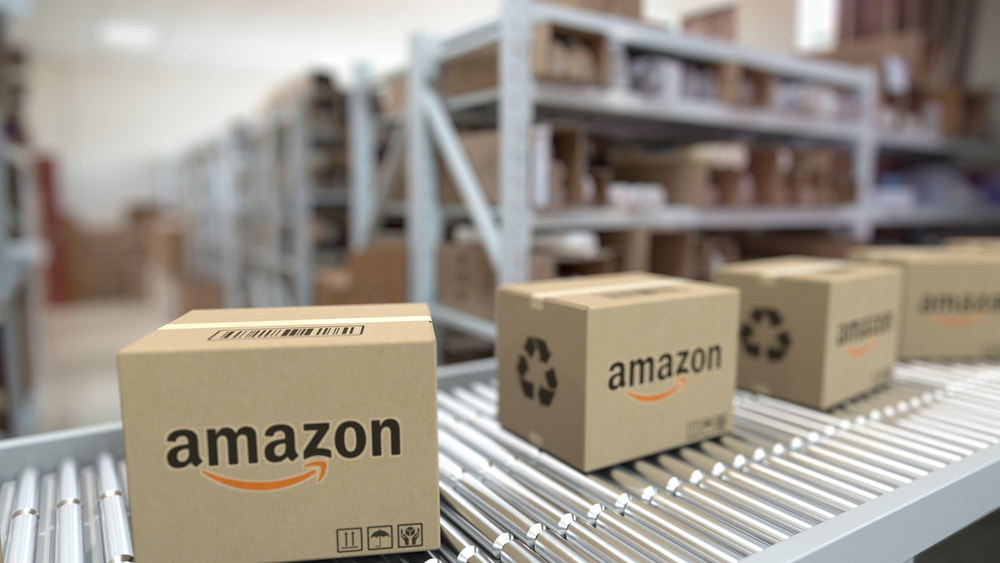Running an Amazon FBA business can be profitable, but sellers often lose money without realizing it. Amazon handles millions of products daily, and errors are bound to happen. Items may get lost in fulfillment centers, damaged during transit, or incorrectly refunded to customers. These issues can reduce your profit margin. That is where Amazon reimbursement comes in. It is Amazon’s way of compensating sellers for financial losses caused by its own errors.
In this detailed guide, we explain everything you need to know about Amazon reimbursement in 2025. You will learn the process step by step, the types of reimbursements available, how to file claims, and best practices to maximize approval rates. By the end, you will know how to recover every dollar Amazon owes you.
What is Amazon Reimbursement?

Amazon reimbursement is the process where Amazon compensates FBA sellers for inventory and financial losses caused by Amazon’s mistakes. This includes lost inventory, damaged products, incorrect fees, and customer returns handled improperly.
Think of reimbursement as a way to recover money that rightfully belongs to you. Without filing these claims, many sellers lose thousands of dollars each year.
Why Amazon Reimbursement Matters
- Protects your profit margins.
- Recovers money from errors outside your control.
- Ensures Amazon maintains fair seller practices.
- Provides financial relief when inventory is lost or mishandled.
- Keeps your accounting records accurate.
Even if Amazon reimburses some claims automatically, many cases require sellers to take action. That is why understanding the process is essential.
How Amazon Reimbursement Works
Amazon reviews your account when you file a claim and checks for discrepancies. If approved, the reimbursement is credited to your Seller Central account.
Common categories of reimbursement include:
- Lost Inventory: Items misplaced in fulfillment centers or during inbound shipments.
- Damaged Inventory: Products broken in warehouses or during customer returns.
- Fee Overcharges: Incorrect FBA fees charged due to weight or size miscalculations.
- Shipment Discrepancies: Mismatch between shipped and received quantities.
- Refund Overpayments: Customers refunded more than the original price.
Each category has its own process and documentation requirements.
Types of Amazon FBA Reimbursements
1. Lost Inventory
Amazon occasionally loses inventory during shipping to warehouses or within fulfillment centers. Sellers can claim reimbursement by providing proof of shipment and inventory records.
2. Damaged Goods
Items may get damaged while stored or returned. If the damage is Amazon’s fault, you qualify for compensation.
3. Fee Overcharges
Incorrect product measurements may result in higher storage or shipping fees. Sellers can request Amazon to review and refund the difference.
4. Shipment Discrepancies
If you send 100 units but Amazon records only 90, you can file a claim with shipment receipts as evidence.
5. Customer Returns
When Amazon refunds customers without receiving the product back or accepts late/incorrect returns, sellers can request reimbursement.
How to File an Amazon Reimbursement Claim
There are two main methods inside Seller Central:
A. Fulfillment Reports
- Log in to Seller Central.
- Go to Reports → Fulfillment.
- Look for Reimbursements under the Payments section.
- Review discrepancies and file claims where needed.
B. Payments Dashboard
- Go to Payments → Transaction View.
- Filter by “Other” to find reimbursements.
- Review each case and submit a claim with supporting documents.
Proper Documentation for Reimbursements
Amazon approves claims only when supported with valid evidence. You may need:
- Proof of ownership (invoices, purchase orders).
- Shipment records (tracking details, delivery receipts).
- Inventory reports showing discrepancies.
- Customer return records.
- Product photos for damage claims.
Keeping organized documentation increases approval chances significantly.
Amazon Reimbursement Policies 2025
Amazon updates its policies regularly. As of 2025:
- Claim window for lost or damaged inventory is 60 days.
- Maximum reimbursement per item is $5,000.
- Value is based on sourcing cost or comparable market value.
- Reimbursements apply only if the issue was Amazon’s fault.
Staying updated with these rules ensures you do not miss out on valid claims.
Best Practices for Successful Reimbursement Claims
- Audit your account monthly: Review key reports like Inventory Adjustments and Refund Reports.
- Track all shipments: Keep carrier receipts and packing slips.
- Maintain financial records: Accurate books help in accounting and tax compliance.
- Avoid errors: Claims caused by seller mistakes are usually denied.
- Document everything: Amazon requires clear proof for approval.
- Act quickly: File within deadlines to avoid rejection.
Common Reasons Claims Fail
- Missing or incomplete documents.
- Filing outside the allowed time frame.
- Errors caused by sellers (wrong labeling, incorrect prep).
- Duplicate claims for the same issue.
- Lack of supporting evidence.
Amazon Reimbursement and Accounting
Reimbursements are not sales. They are recoveries of lost income.
Correct Entry Example:
- Debit: Inventory Loss – $1,000
- Credit: Inventory – $1,000
This ensures financial statements remain accurate. Sellers should also track reimbursements separately for tax purposes.
Finding Hidden Amazon Reimbursements
Many sellers miss reimbursements because they don’t audit their accounts properly. Some areas to check include:
- Inventory Adjustment Reports
- Manage FBA Inventory
- Returns Reports
- Fee Reports
- Shipping Discrepancy Records
Spotting errors early helps maximize recovery.
Amazon Reimbursement Limits
- Maximum per item: $5,000.
- Based on sourcing cost: For pre-order inventory issues.
- Based on sale value: For customer return cases.
For high-value products, sellers should consider additional insurance.
FAQs on Amazon Reimbursement
Usually within 30 to 45 days after claim submission.
Yes, in some cases. But many claims require sellers to take action.
In Seller Central under Reports → Fulfillment → Reimbursements.
No, Amazon only reimburses when damage is caused by their operations.
Regular audits, strong documentation, and timely claim filing.
Reclaim Your Amazon Profits
Amazon reimbursement is not just a process. It is a strategy to protect your earnings and ensure your business stays profitable. Many sellers lose thousands every year simply because they fail to claim what they are owed. By learning how the system works and applying best practices, you can recover funds that belong to you.
If you want expert help, Sellexio can guide you through the process and ensure no reimbursement opportunity is missed.


